€31.20
The Irish pigmeat industry has evolved significantly over the past 50 years since Ireland entered the European Union. Irish pig producers are exposed to commodity supercycles where geopolitics and weather events can play a part in significantly higher feed prices. More recently, EU producers have also been exposed to animal disease events that impact on international trade market access which has caused significant oversupply issues.
As the Irish pig industry consolidated over the past 20 years, the Irish pig breeding herd has declined over 19% to 152,000 head in the June 2021 CSO livestock census. However, despite decline in breeding numbers, total Irish pig production (including live exports) reached record levels of just over 4 million head during 2021 reflecting on-farm productivity and genetic improvements. This increase in Irish pig production coincides with record EU pigmeat production during 2021, where output reached around 23.5 million tonnes.
Preheat the oven to Gas Mark 5, 190ºC (375ºF).
Open out the pork onto a clean work surface and season generously. Sprinkle over the chopped rosemary, cheese, garlic and parsley in an even layer.
Tightly roll the pork back up to enclose the filling completely. Tie with string at 2cm intervals to keep the meat in shape.
If the skin is not already scored, use a small sharp knife to score the skin between the strings. Wipe off any excess moisture with kitchen roll and sprinkle with salt.
Place in a roasting tin and roast for 20 minutes per 500g plus 20 minutes. For the last 20 minutes of cooking time, increase the oven temperature to Gas Mark 7, 220ºC (425ºF), so, if the joint is exactly 2kg, it will take one hours and 40 minutes until cooked through and tender with crispy crackling.
Leave the roast pork to rest in a warm place for 30 minutes, as it is actually best served warm.
Carve into thin slices and arrange on warmed plates with the potatoes and baby carrots.
Spoon over the pan juices to serve.
1. Cut of Meat: A pork loin joint is a boneless section of meat taken from the back of a pig, specifically from the area along the spine. It is a relatively lean and tender cut.
2. Versatile Cooking: Pork loin joints are versatile and can be cooked in various ways, such as roasting, grilling, or braising. They are often a favorite for festive occasions and family gatherings.
3. Flavor and Texture: Pork loin has a mild and slightly sweet flavor compared to other cuts of pork. It tends to have a tender and juicy texture when properly cooked.
4. Fat Cap: Pork loin joints often have a layer of fat called the fat cap. This fat adds flavor and helps prevent the meat from drying out during cooking. It can be optionally removed or scored to enhance crispiness.
5. Trimming Options: Depending on personal preference or recipe instructions, the pork loin joint can be purchased with the fat and rind intact or trimmed down to reduce fat content.
6. Slow Cooking: Slow cooking methods, such as braising or slow roasting, can help tenderize the meat even further, making it melt-in-your-mouth tender.
7. Seasoning Options: Pork loin joints can be seasoned in various ways, such as with dry rubs, marinades, or herb and spice blends. These seasonings can enhance the flavor profile of the meat.
8. Size and Portions: Pork loin joints come in various sizes, ranging from small cuts suitable for a few servings to larger joints that can feed a whole family or a group of guests.
9. Leftovers: Leftover pork loin can be used in dishes like sandwiches, stir-fries, salads, or soups. Its versatility makes it a great ingredient for creating other meals.
10. Nutritional Benefits: Pork loin is a good source of lean protein, essential vitamins (such as B vitamins), and minerals (such as iron and zinc). It can be part of a balanced diet when consumed in moderation.









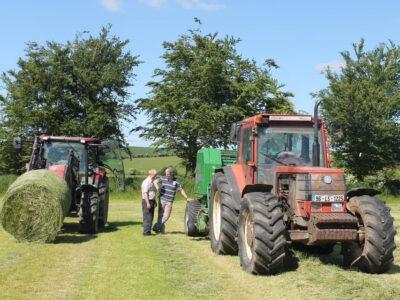
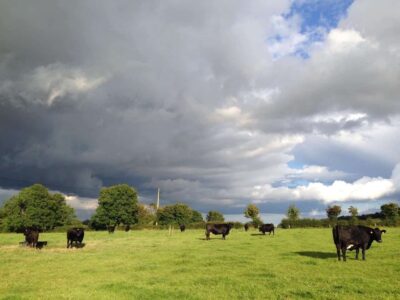
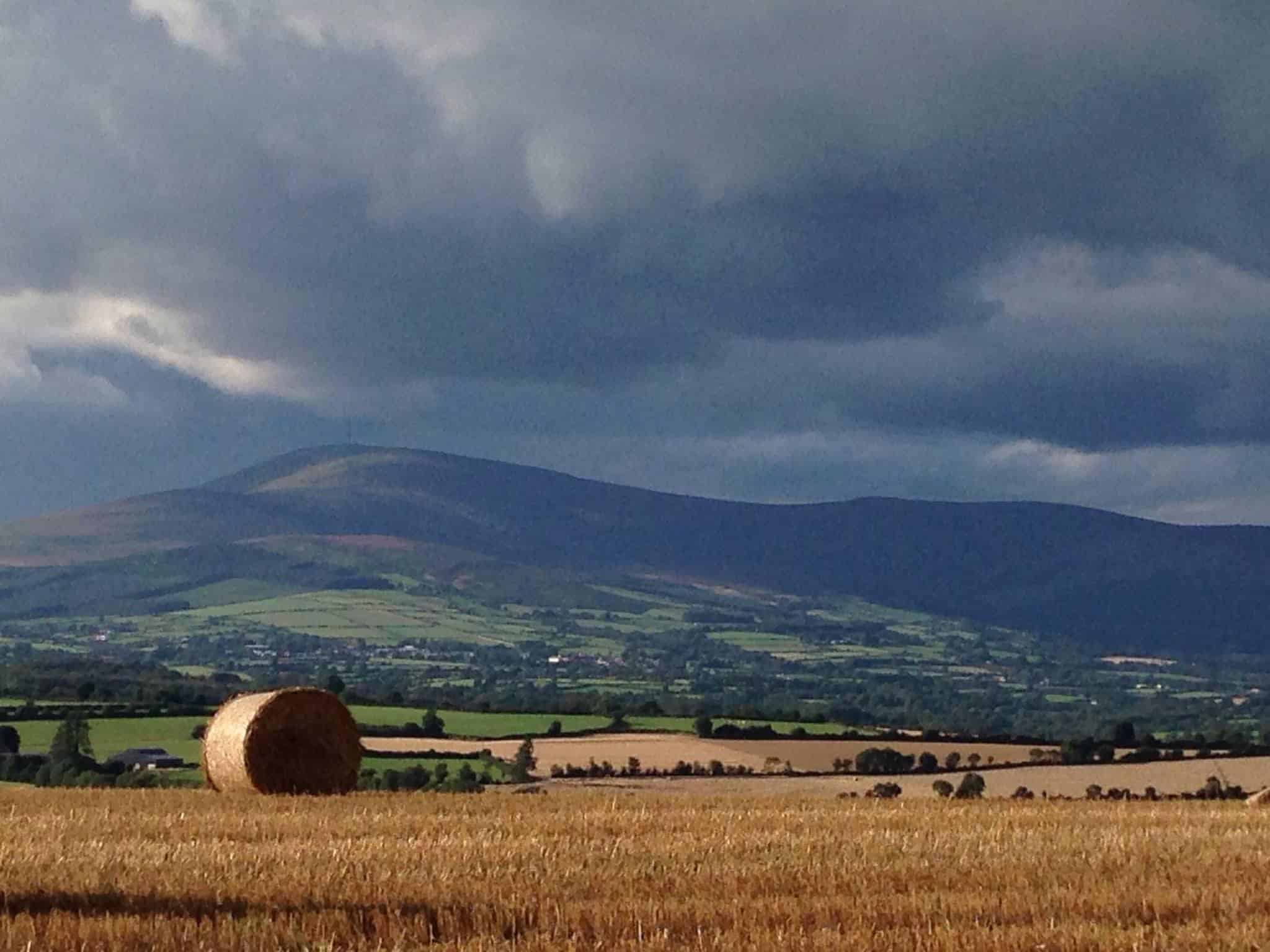



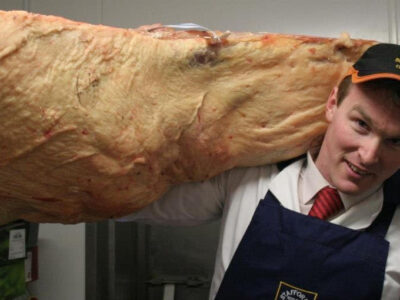

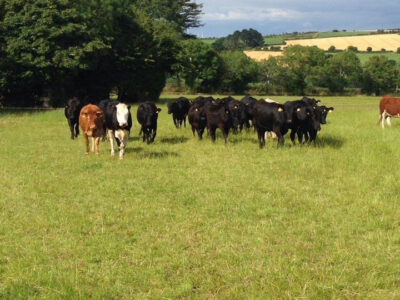

Stafford’s Butchers is family run and owned. We hand-rear our own Angus cattle on our farm in Killanne. Killanne for those people who don’t know, is a slice of heaven situated in the foothills of the Blackstairs Mountains in the County of Wexford.
It is a place where community is important and neighbours are good friends, it has stunning scenery and top quality grass. We may be biased but we have been told that you can taste the difference in our tender beef and steak. Our beef is literally delivered from our gate to your plate.
Stafford’s butchers was founded by Brendan Stafford in 1971. In 1961, aged 16 Brendan started in the butcher business – ‘I started my trade in Moore Street before moving home to Wexford’. Brendan set up his business in Enniscorthy and has always promoted traditional breeds of cattle like Hereford & Angus.
“For good quality beef you need the traditional breeds of cows, the bit of fat on these cattle gives the meat the perfect flavour. We find meat is lacking in flavour in the big continental animals, so we go for the young traditional cattle which have a lot of flavour.”
Brendan’s son Killian is now in control of the business, while Brendan looks after the farming and producing quality beef which we supply to all our customers.
“We pride ourselves on top quality produce, we have always maintained keeping the best quality of meat because if you cut the quality of your meat you’re just the same as everyone else, you need to stand out from the crowd.”
We have always promoted traditional breeds of cattle like Aberdeen Angus. “For good quality beef you need the traditional breeds of cows, the bit of fat on these cattle gives the meat the perfect flavour.” Angus beef develops with better marbling than most cattle. Marbling is the amount of intramuscular fat. Most people agree that marbling improves flavour, tenderness, and keeps meat moist while cooking (especially at high temperatures).
Heifer beef is more tender and it’s a sweeter beef so this is why we only breed heifers. We definitely believe in quality over quantity, we could breed a bigger amount of cattle but we only keep the best.
In most supermarkets they wet age their beef so it don't lose moisture and weight, which means more profit. We use traditional method of dry ageing our beef for 40 days, this gives the beef better flavour and much more tender.
We are a proper Butcher’s, in that we have all the traditional cuts of meat. We have T-Bones, Rib Roast on the Bone, our own Dry Aged Steak, Striploin and we also have some of the more traditional cuts that are making culinary comebacks like Oxtail, Beef Kidneys,
We take great pride in our skill, ask us for advice on how to cook these traditional cuts. In a real butcher’s, meat has meaning.
We stock the best quality Wexford Lamb, we have all the traditional cuts of lamb available in the shop, Racks of Lamb, Shoulder of Lamb, Legs of Lamb. We also have very tasty homemade Lamb burgers and Lamb Meatballs as well.
Thanks to the mild Wexford weather, lamb spends most of the year outside and therefore is primarily fed off grass, making it almost organic.
Lamb is high in essential minerals, proteins and vitamins necessary for good health. It is extremely rich in Vitamin B12 and Vitamin D, very rich in Zinc, high in CLA’s and rich in desirable Omega-3 fatty acids. All in all, lamb is a perfect meal choice for all the family.
Lamb is very versatile – whether you’re preparing a quick midweek meal or a dinner for family or friends, the sweet distinctive flavour of lamb is sure to put a smile on everyone’s face.
Our award–winning pork, bacon and sausage products are all made using superb quality 100% Irish pork. The pork is from pigs selected from our trusted local farmers.
At Stafford’s we home cure our own rashers, they look and taste how rashers should, how they used to taste! Our Home Cured rashers are lower in Salt so are healthier too! We don’t add any extra water, they are home cured in the traditional way by us, using only the best 100% Irish bacon. You really have to taste them!
Another speciality at Stafford’s is our Gold Medal Award Winning sausages. These are made daily on the premises in a range of flavours.
Killian devised a banger with a unique black pepper and red onion flavour that wowed the critics from the Associated Craft Butchers of Ireland.
All our Chicken is locally sourced and we support Bord Bia Quality Assured Farms, where animal welfare is of paramount importance. Our Chickens come form a local supplier Ray Keogh Foods, and we have great value whole birds as well as Free Range birds. Our chicken breasts are full of chicken, not pumped full of saline solution, which means they stay firm and fleshy when cooked, yet remain satisfyingly moist, too. We make our own Chicken Stir-fry from our fresh vegetables delivered daily, and the best quality Chicken breasts.